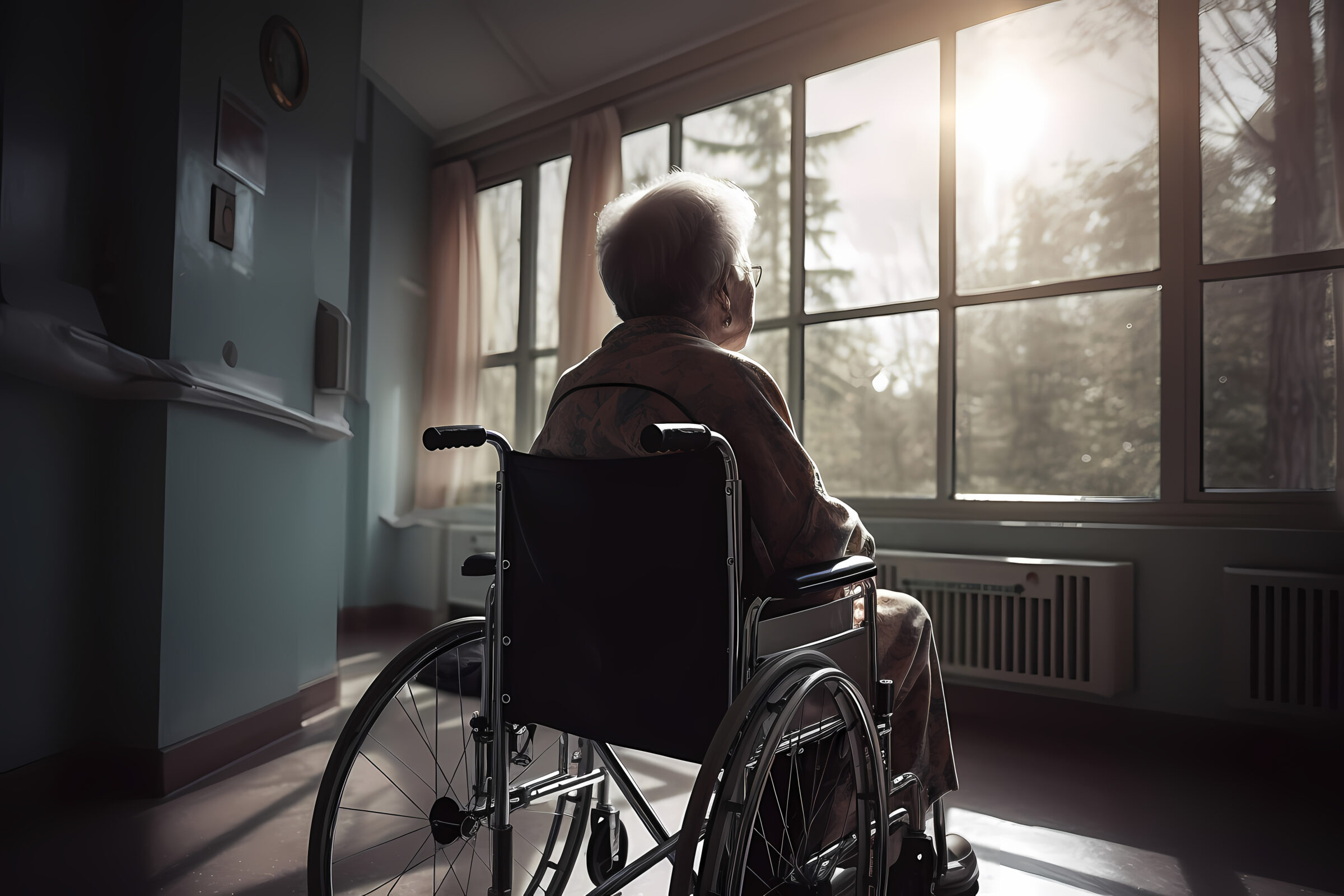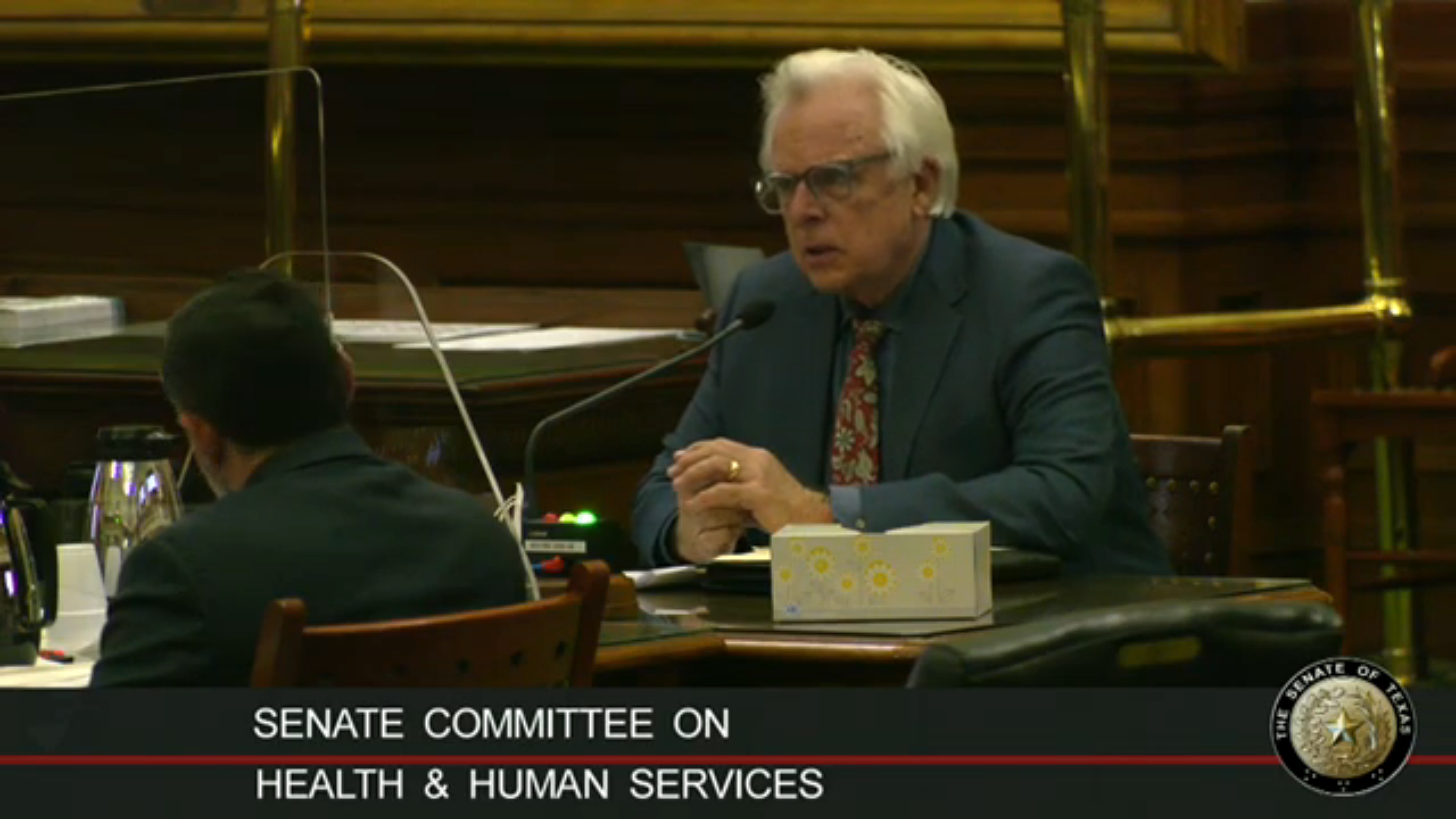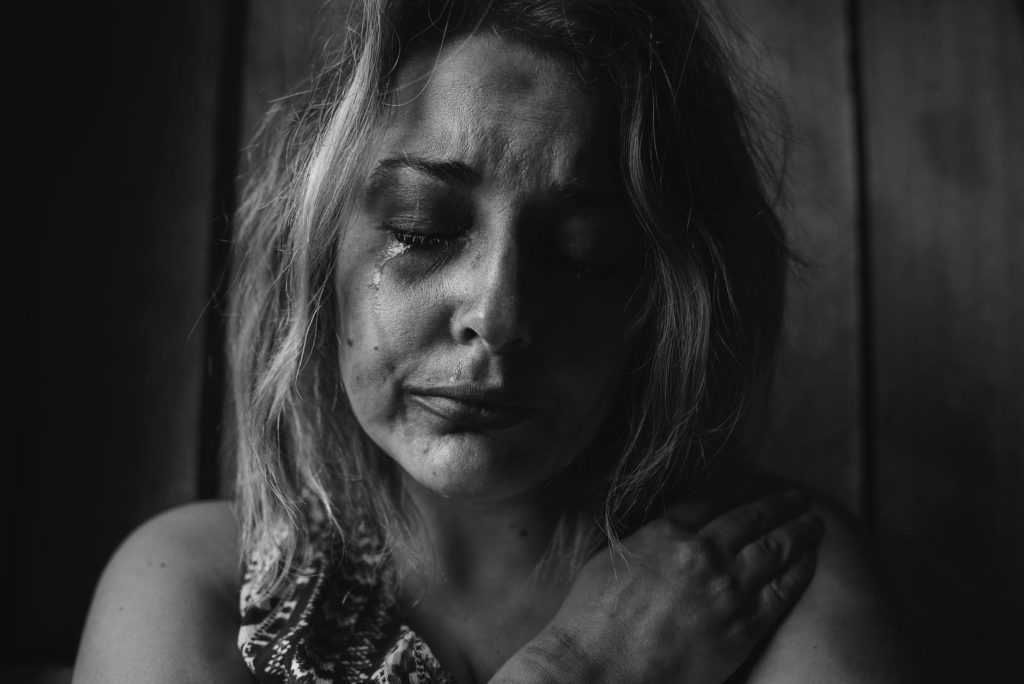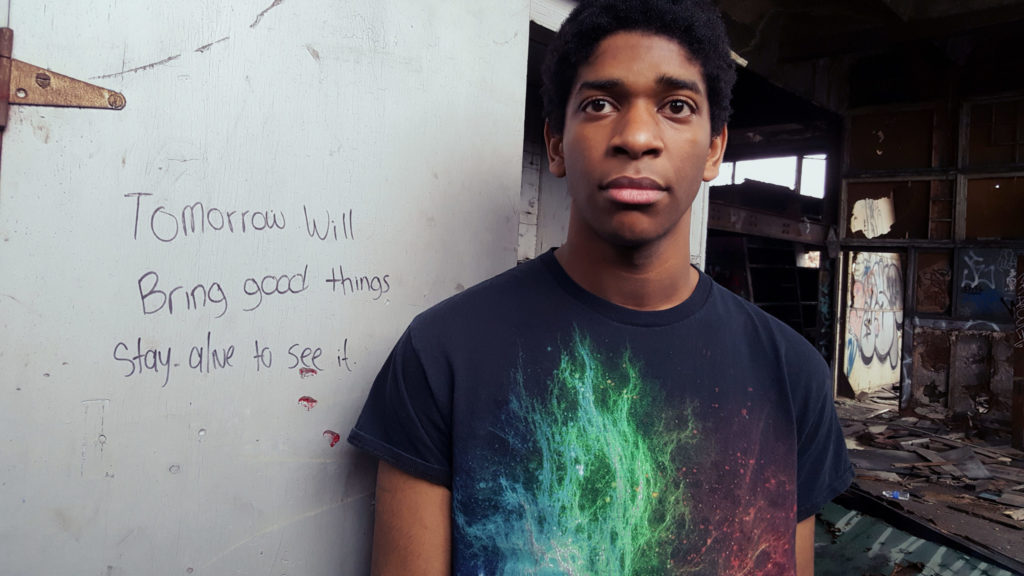


Euthanasia Poisons People and Societies

‘Healthy’ American Sisters Die at Swiss Suicide Clinic

Why the Hawaii Health Department Wants Looser Assisted-Suicide Rules

Florida Hospital Sues to End Ill Nurse’s Life

Euthanizing the Mentally Ill

Wesley J. Smith Testimony Before the Texas Senate Health and Human Services Committee in Support of SB 917

Dutch Doctors Can Now Drug Dementia Patients Before Killing Them to Prevent Resistance

‘The Committee Heard From People Who Had Made Plans for Suicide’
Australia braces for more intentional killing, as Queensland appears set to join Victoria in embracing what we euphemistically term “assisted dying”: Queenslanders are set to find out this week whether [assisted suicide and/or lethal injection euthanasia] laws will be introduced by the Palaszczuk government. In March, a parliamentary health committee recommended Queensland legalise voluntary assisted dying for adults with advanced terminal medical conditions. … The committee, which began its inquiry in November 2018, gauged public opinion on the issue and found most Queenslanders were in favour of helping terminally ill people to die. The committee heard from people who had made plans for suicide in circumstances where they had a life-limiting illness or debilitating condition. It found a terminally-ill person took their own life every four days in Queensland. The committee recommended a person would need to be diagnosed by a medical practitioner as having an advanced and progressive terminal, chronic or neurodegenerative medical condition to be covered. Access should also be limited to people with “decision-making capacity” and the person would need to be assessed by two qualified medical practitioners. The committee recommended the state government review the scheme in three years to ensure legislation was working as expected. Let’s get this straight. The committee first “heard from people who had made plans for suicide”. Good! We should be hearing from those contemplating suicide. And we should be doing this for the purpose of strengthening suicide prevention protocols. Instead, the committee came away from the experience with precisely the opposite conclusion, effectively saying, “It sounds like you need easier ways to kill yourself. Let us help.” Normalizing and promoting suicide is always and everywhere a gross betrayal of a state’s obligation to its people. Only because we live in a medicalized era is this state-endorsed culling of vulnerable persons seen as acceptable. If we had only more traditional means of suicide on offer, most would immediately see that what is under consideration is plainly wrong. But because that state can get some physicians to do the dirty work to provide or even administer a fatal overdose by means of pills or a needle, we imagine ourselves as enlightened sophisticates. And as Ontario demonstrates, eventually states will compel physicians to do this dirty work. Then there’s the fact that the protections Queenslanders are told will accompany this are likely farcical. The requirements that one will have to be mentally competent or be truly terminal in order to be granted lawful suicide? Those protections will in short order be reframed as “barriers to access” and will have to be stripped out for the good of autonomy. Or so we’ll hear. Wesley J. Smith routinely documents this strategy of suicide activists: When pitching legalization, they solemnly promise that they have written, oh so “protective guidelines” into the legislation to prevent abuse. Then, once the law is safely in place, advocates grouse that the guidelines they touted are “obstacles” or “barriers” that unjustly prevent suffering people from accessing assisted suicide. Eventually, political agitation begins to amend the law to make things, shall we say, more flexible. … The emphasized items, now called “barriers,” were lauded as protections in the campaign to convince voters to legalize assisted suicide. I wrote about precisely this phenomenon as it played out in Victoria earlier this year. Eight months after Victoria’s “Voluntary Assisted Dying Act” came into force, alleged experts began their assault on the limited patient protections that allowed its passage in the first place. Victoria’s suicide law had been seen as “the world’s safest and most conservative” due to “safeguards” intended “to protect the rights of vulnerable patients”. But it only took eight months for bioethicists to begin attacking those safeguards as “unwarranted, unprecedented and ethically-problematic”. If suicide comes to Queensland, patient protections will be similarly attacked there. Once suicide is made both lawful and laudable, there is no logical limiting principle.

Making Something Lawful Creates a Market for It
The Australian state of Victoria made it lawful to commit assisted suicide last year. The number of those who have killed themselves since “voluntary assisted dying” became legal is more than four times higher than the Victorian government had anticipated. Xavier Symons reports : The Voluntary Assisted Dying Review Board’s first Report of Operations, released on Tuesday, provides information on how Victoria’s euthanasia legislation is being enacted, including details of how many people have been issued with a ‘VAD permit’, as well as information on some of the barriers preventing people from accessing the scheme. According to the report, permits to access the lethal medication were issued to 70 patients between June 19, when the scheme first started, and December 31. Overall 52 patients ended their lives. This is high, considering the Victorian government had suggested that initial numbers would be as low as 12 in the first year. When you make something lawful, you create a market for it. When you make something lawful, you create the basis for demand that did not previously exist. And when you make something lawful and create a new market for it, you also send the message that it is “right”. We shouldn’t be creating a market for fatal drug overdoses. And we certainly shouldn’t be applying the truly dystopian phrase “voluntary dying” to acts of suicide—regardless of who ultimately administers the noose, so to speak. One of the things that J.D. Vance chronicles in his 2018 book Hillbilly Elegy: A Memoir of a Family and Culture in Crisis, is the disastrous impact of freely available and lawful opioids. The response to the opioid crisis has been a push to punish the pharmaceutical companies responsible for flooding the market with highly addictive and fatal drugs and to make opioids much more difficult to obtain unless there is clear and demonstrable basis for their limited use in pursuit of healing and recovery. This is a sensible response to a legitimate social crisis. Yet the same issue of death by overdose is treated differently in places that embrace suicide by physician—which always and everywhere requires a euphemistic public relations gloss like “voluntary dying” in order to become law. It’s a scandal that we act—through our own indifference to the moral content at the heart of the law—as if the mother in Appalachia is owed a greater measure of suicide prevention efforts than the mother in Victoria. Activists pushing suicide by physician—suicide by overdose—are attempting to create what is ultimately a meaningless distinction between “planned” and “unplanned” suicides by the sick and other self-killings in order to valorize the former while still loosely pretending to stigmatize the latter.